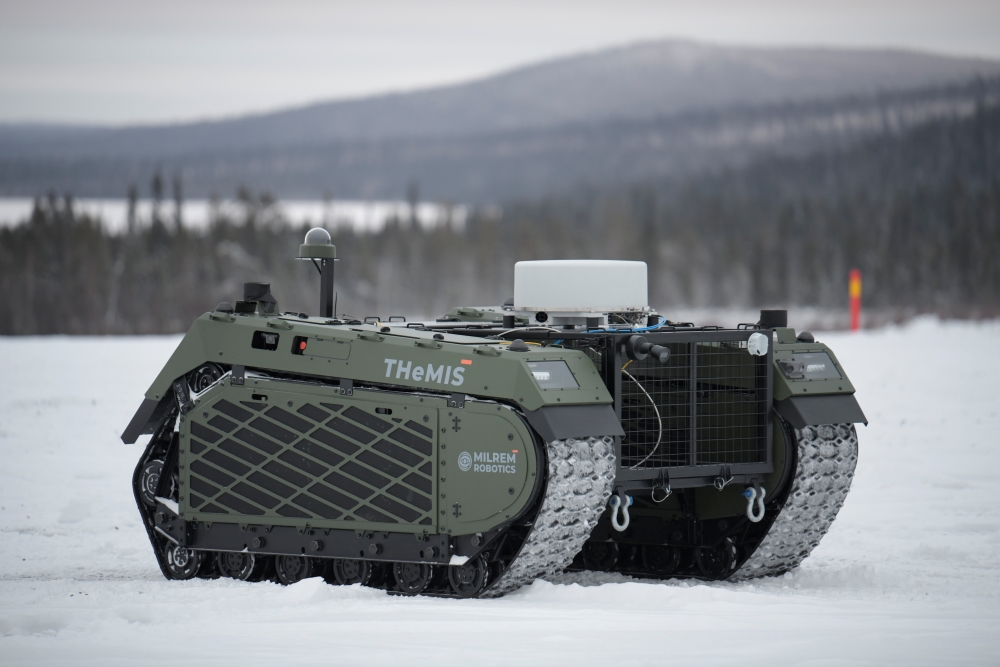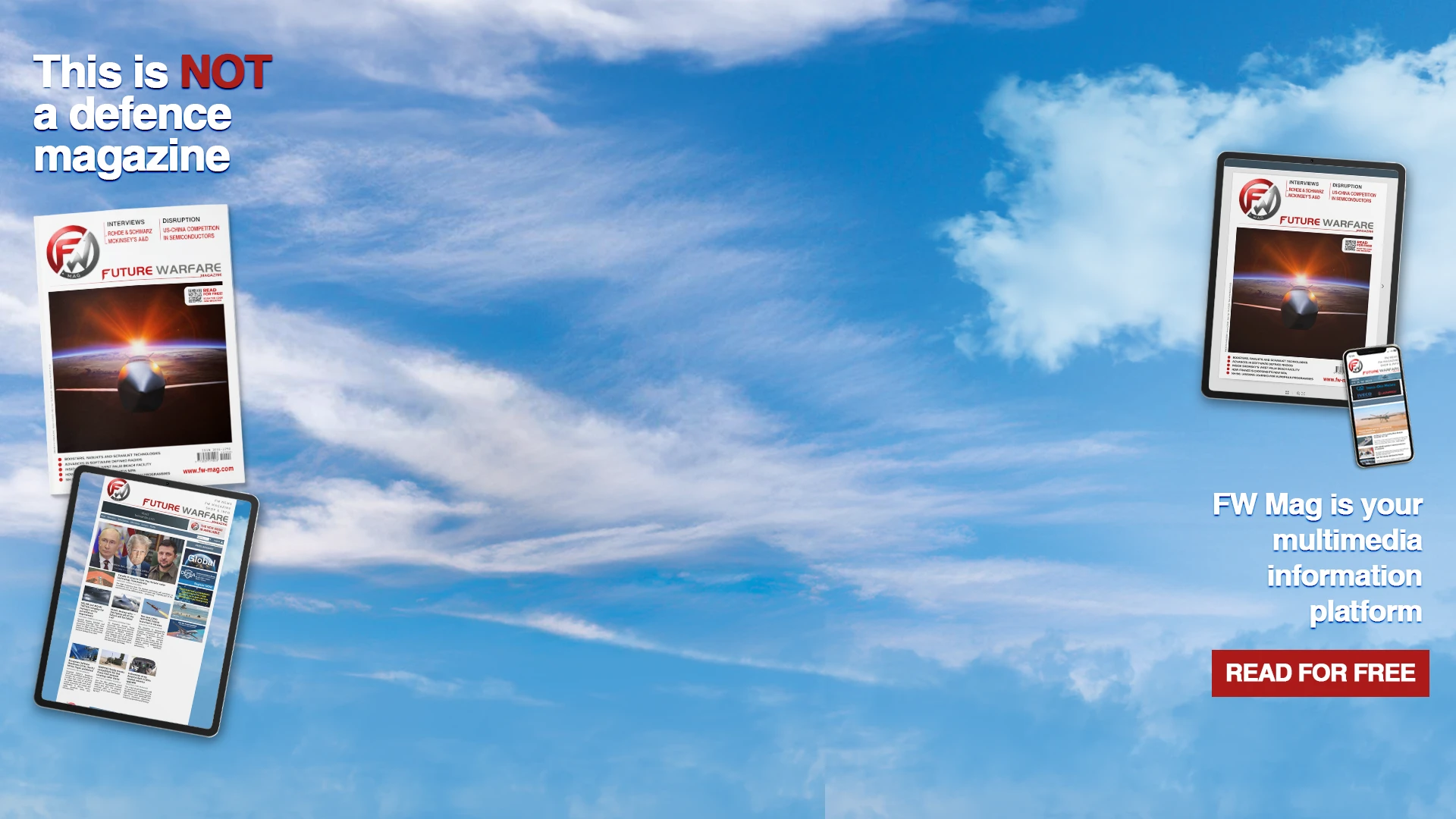
Ovzon recently conducted a successful demonstration of its integrated satellite communications solution in collaboration with the Swedish Defence Materiel Administration (FMV).
The demonstration involved remotely controlling a Milrem Robotics THEMIS unmanned ground vehicle (UGV) located in Kiruna from a command center in Stockholm, approximately 1,000 km apart. It showcased the versatility of Ovzon's SATCOM solutions, which utilize the company's own satellite, Ovzon 3, and its unique On-Board-Processor (OBP) technology. This setup enabled the creation of a true mesh network with sovereign control within Sweden's borders.
In a conversation with Per Norén, CEO of Ovzon AB, FW MAG could discuss the crucial role of satellite communications in enabling unmanned vehicle operations across various environments. Per Norén emphasized Ovzon's commitment to working with customers' specific needs and engaging in proof of concepts to maintain their position as a world-leading satellite communications company.
FW MAG: Can you elaborate on how you ensure reliable satellite communication for remote control of a UGV over such a long distance (1,000 km)?
Per Norén: The Ovzon On-Board-Processor can connect any two terminals via single hop as long as they are each within one of the steerable coverages of the Ovzon 3 satellite. In this demonstration, the two Ovzon terminals were located within the same Ovzon 3 beam, but they don’t have to be, so we could support much larger distances between the UGV and the control/command center. This geographical reach is one advantage of using geostationary orbit and steerable beams.
FW MAG: Can you explain the "sovereign control within the borders of Sweden" aspect of your solution? How does this enhance national security?
Per Norén: By using our unique Ovzon On-Board-Processor we move the ground infrastructure HW functionality to the satellite. This allows the service to be run with only two endpoints being the UGV and the control center. This minimizes the risk for outside interference and gives the user control over the security. Full control lies withing the country of use if they so choose or within the domain, they are operating further limiting the exposure to outside interference and thus enhancing national security.
FW MAG: How do you see this demonstration impacting the future of unmanned ground vehicles in military operations?
Per Norén: UGVs can be controlled remotely from distant locations and report real-time data for analysis, increasing situational awareness for decision-making. They can communicate with command centers and other vehicles across vast distances, even in remote or contested areas where traditional terrestrial networks may be unavailable or unreliable. Satellite signals bypass terrestrial infrastructure, reducing the risk of interference and jamming and ensuring consistent and secure communication.
FW MAG: How scalable is this solution? Could it be implemented for controlling multiple UGVs simultaneously?
Per Norén: It can be scaled in various ways. The control/command terminal has sufficient bandwidth to support multiple UGV control links, but the system can also support many pairs of such links. So, either several one-to-many or many one-to-one. And again, the UGVs and control/command centers can be distributed across Ovzon 3’s steerable beams.
FW MAG: How do you see this collaboration with FMV evolving in the future?
Per Norén: We are already in discussions on how to further enhance the use cases with new types of unmanned operations to further utilize the unique Ovzon SATCOM services enabled by our satellite Ovzon 3. New use cases could be for UAVs, unmanned boats or other type of UGVs. But it could also be building up larger mesh-networks with sovereign control where different type of manned and unmanned vehicles are operated in a multidomain setup.
FW MAG: Thank you for your insights!








.png)
